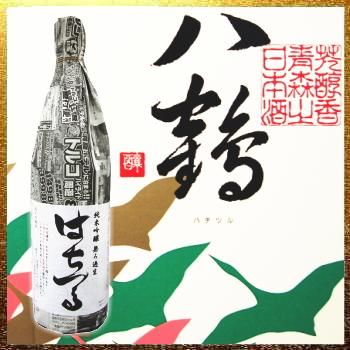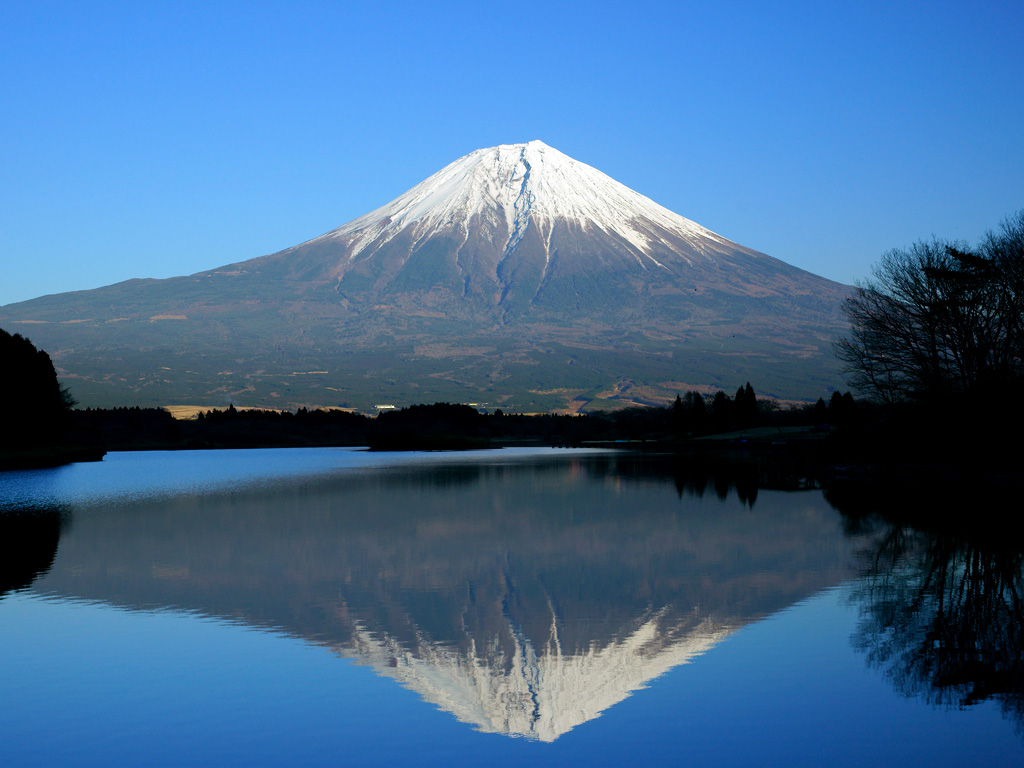The following was my opinion a while ago in watching a new industrial design of a label for a special bottling named ‘Sake8’ for the Japanese Sake brewing company ‘Hachinohe Syurui Co.’ well-known for its Sake brand ‘Hachitsuru (八鶴means eight (8) or eighth (8th) crane)’, of which original logo was made by Taikan Yokoyama, a celebrated Japanese-style painter and a calligrapher.
Original logo by Taikan Yokoyama (calligraphy / left-hand character shows eight, 'hachi' and right one shows crane 'tsuru'):
Original logo by Taikan Yokoyama (calligraphy / left-hand character shows eight, 'hachi' and right one shows crane 'tsuru'):
A bottle with a label using the original logo:
Original logo with cranes for a background:
The new design was worked in 2006 by a famous German designer, Konstantin Grcic in his studio, Konstantin Grcic Industrial Design in Munich and an exhibition named ‘sake 8: a german-japanese culture project’ was held in Kestner Museum in Hanover, Germany from 27th May to 27th August, 2006.
The design for “Sake8” stirred up my interest, and I’d like to remake upon it as follows. Namely, there are some interesting stories concerning the number eight (8) and the crane under the name of ‘Hachitsuru’ – 八鶴 (eight or eighth crane).
First, it says in Japan that eight (in Japanese ‘hachi’ – 八) stands for ‘many’ as the saying goes “fall down 7 times, get up 8 times” ( this means “to stand up ‘as often’ as Fortune knocks one down, is a good one”). I think this is like the English forty (40) in the bible (‘forty years’, or ‘forty days’, etc.). Interestingly, it seems for me the mathematical symbol for infinity (∞) looks somewhat like eight (8) although it is said that the precise origins of the infinity symbol ∞ are unclear. Eight or eighth (‘hachi’ – 八) is also considered as a lucky number in Japanese culture in its shape of character resembled to a (reversed) open fan and the attractive cone shape of Mt. Fuji
Such fan is called “Oogi” in Japanese. ‘Oogi’ is the symbol of a ‘wish giving fan’ (a bringer of good luck) in Japan Mt. Fuji Fuji , is then considered to be a luckly and good fortunate number in Japan
‘Oogi’:
You remembered Richard Gere’s ‘Hachi’, a very heart-warming movie in 2009 based on the true story of a college professor with an abandoned dog he takes into his home. ‘Hachi’ is the name of the dog, and as you may find ‘hachi’as the same as mentioned above, which means a lucky and a good fortune (the real name of the dog was 'Hachiko').
‘Hachiko’ in his lifetime:
A person whom Gere played was a real character (Hidesaburo Ueno, an agricultural scientist and professor in the Tokyo Imperial University
Quoted from Wikipedia: “Ueno died of Cerebral hemorrhage in May 1925 while giving a lecture. His dog Hachiko became famous for continually waiting for him every day at the train station until he himself died 9 years later.”
A bronze statue commemorating the dog was set up at Shibuya station after his death.
A bronze statue of ‘Hachiko’ at Shibuya station:
Next stories concern the crane.
For the Japanese, the crane (‘tsuru’ – 鶴, represented by ‘tanchou-tsuru’ – 丹頂鶴 means ‘red-top-crane’) is considered to be the most sacred bird, frequently appearing in art, literature, and folklore as a symbol of good fortune and longevity because of its fabled life span of thousand years. ‘Tanchou-tsuru’ is characterized in a red top and the body in snow-white contrasted with black (red, white and black). Cranes ‘tanchou-tsuru’ habitat is along rivers and in salt and freshwater marshes in northern Japan
‘tanchou-tsuru’:
Now, I come to think of Grcic’s design. His design allows the interpretation such that it contains every element as mentioned above, that is, 8 (expressing many more luck originated in the character “hachi” - 八), a combination of three colors (red, white and black) expressing good fortune and longevity originated from the crane (“tsuru” – 鶴, especially “tanchou-tsuru” – 丹頂鶴).
I hope you would accept delightfully my understanding.
It goes without saying that ‘Hachitsuru’ itself is a winner. You can purchase it from:
by R. Enomori



































0 件のコメント:
コメントを投稿